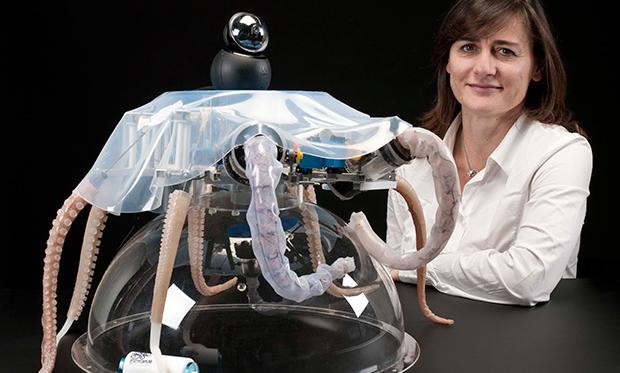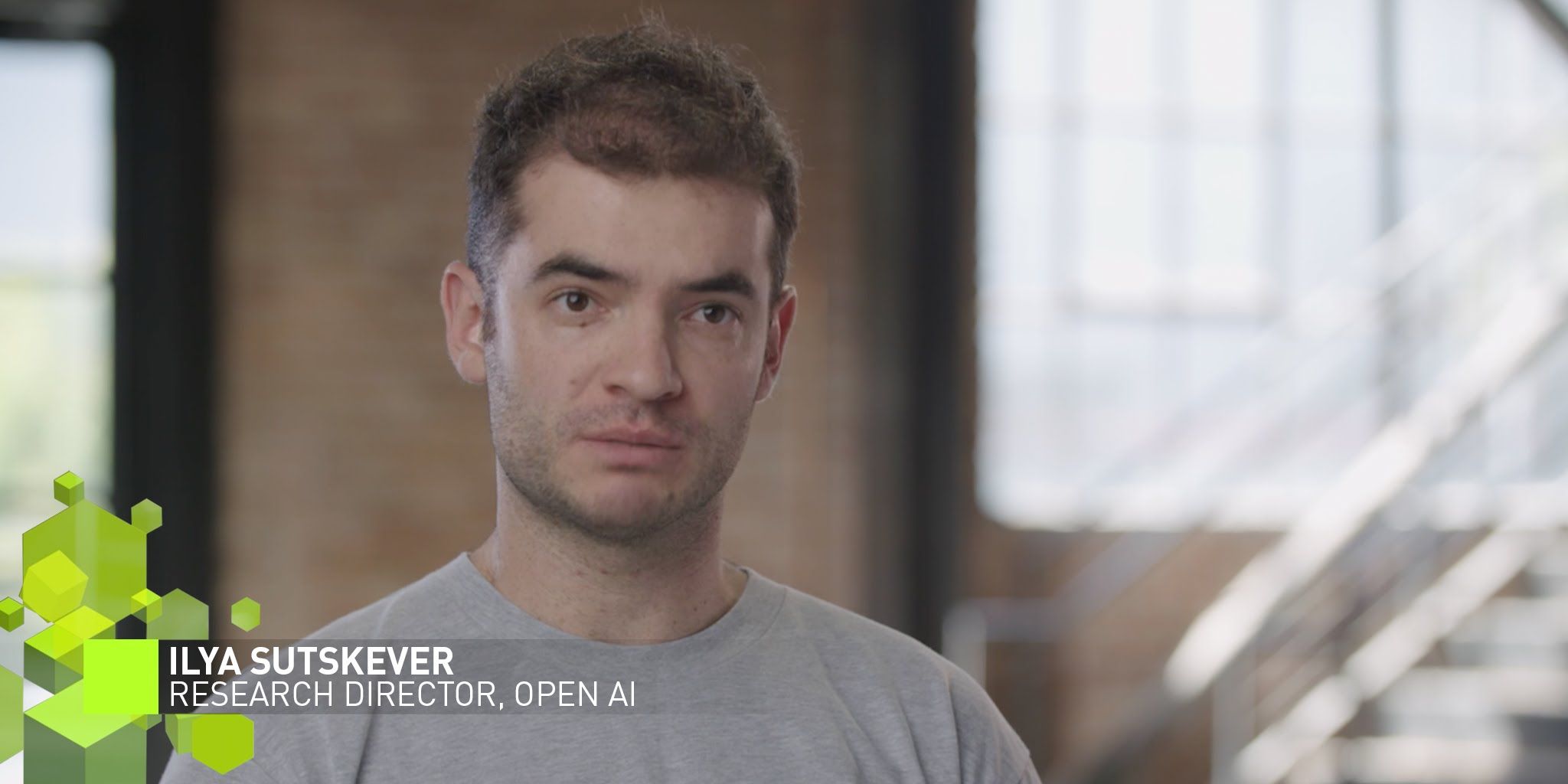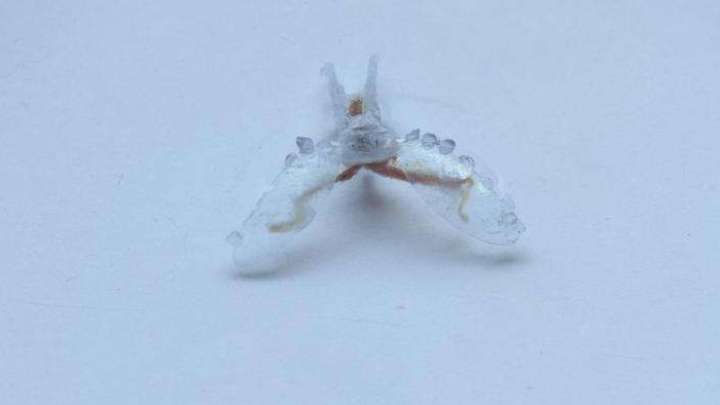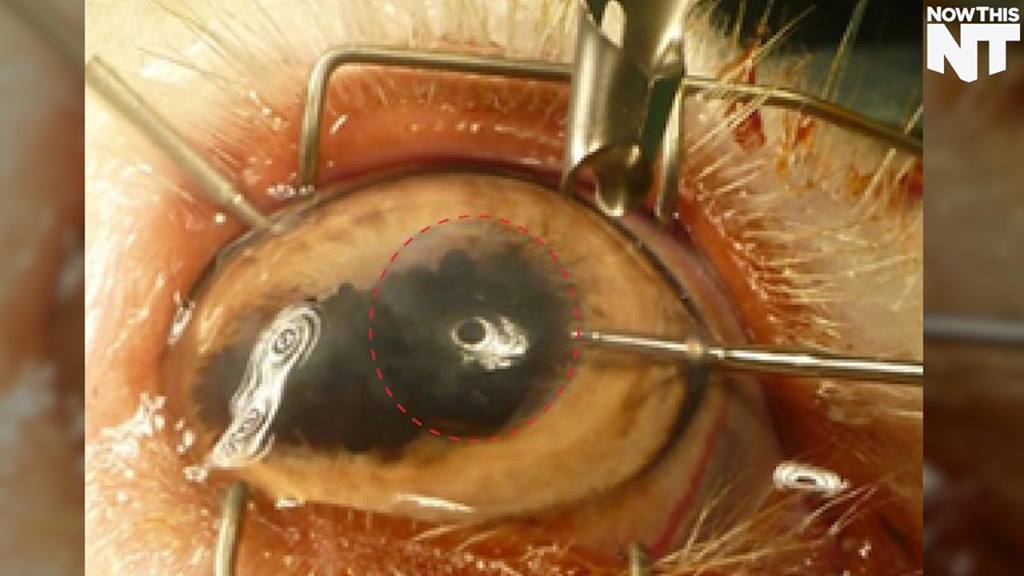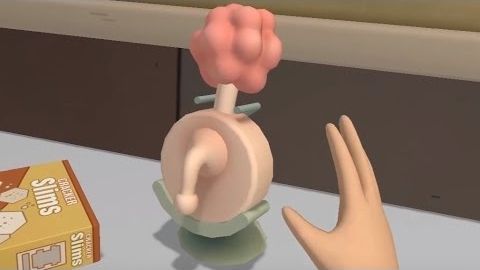Hmmmm;
It is an old issue, but with a new revelation by the most credible insider source to date. Recently, I was contacted by Dr. Paul Batcho. Batcho is a former DARPA senior scientist who worked at Los Alamos and held a top secret security clearance. In short, Batcho asserts that clandestine forces are purposely engaging in “acts of terrorism” against the general public through emission of dangerous frequencies from cell phone and microwave towers in the St. Petersburg/Orlando/ Tampa, Florida area.
Before launching into a revelation of the stunning claims presented to me by Dr. Batcho, let’s establish his crediblity as a reliable witness.
Below is the publicly available professional background of Dr. Paul Batcho:
